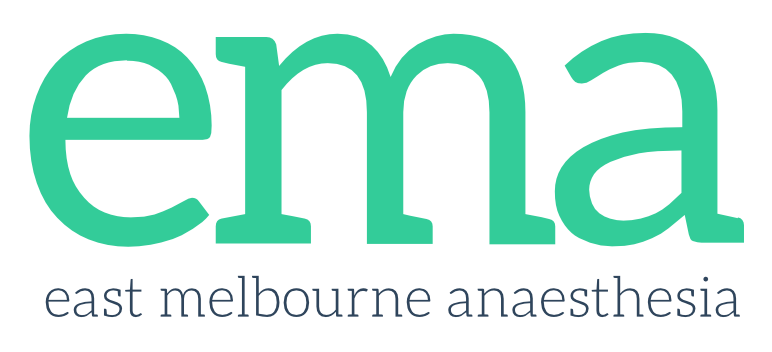What is Anaesthesia?
Anaesthetists tailor the modality of anaesthesia to the type of surgery, anticipated duration and the patient’s past medical history. Anaesthetists provide continuous care for their patients during procedures and utilise advanced technology to monitor the delivery and depth of anaesthesia.
Further information is available here: https://www.anzca.edu.au/patient-information
Local Anaesthesia
Local anaesthesia involves injecting local anaesthetic into the tissues near the surgical site. Local anaesthesia may be used alone or in combination with sedation or general anaesthesia. This depends on the size of the surgery and the time it will take, and the preferences of the patient.
Local anaesthesia is usually used for minor surgery, such as toenail repair, skin lesion or a cut to remove something. It may not be used if the patient has an infection.
Regional Anaesthesia
Regional anaesthesia involves injecting local anaesthetic around major nerve bundles supplying body areas, such as the thigh, ankle, forearm, hand, shoulder or abdomen. It may be used on its own or with general anaesthesia. Regional anaesthesia is sometimes performed using a nerve locating device such as a nerve stimulator, or using ultrasound, to accurately locate the nerves.
Once local anaesthetic is injected, patients may experience numbness and tingling and it may become difficult or impossible to move that part of the body.
Spinal and epidural anaesthesia are frequently utilised for caesarean section, pain relief in labour, joint replacements and major abdominal surgery. The anaesthetist locates the position in the back, cleans with antiseptic solution then places local anaesthetic to make the skin comfortable for the procedure. Spinal anaesthesia involves a single dose injection of anaesthetic medication. For an epidural, a small plastic tube is inserted into the back which allows multiple doses of anaesthetic medication to be administered.
The duration of the anaesthesia depends on which local anaesthetic is used, the region into which it is injected and whether it is maintained by continual doses or repeated injections. Numbness can last several hours but may last several days. Generally, the “heaviness” wears off within a few hours but the numbness and tingling persists. As the local anaesthetic effect wears off, numbness will diminish and the surgical pain may return, in which case your doctor will prescribe pain relief.
Sedation
Conscious sedation reduces the patient’s level of consciousness but allows them to respond to verbal commands or light touch so that a specialist can perform a procedure. A variety of medications and techniques are used for procedural sedation and/or pain relief. Common medications include benzodiazepines, such as midazolam, which act on the brain and the nervous system to cause sedation, and opioids, such as fentanyl, which decrease the patient’s perception of pain to provide pain relief.
Sedative medications may be administered orally but are usually administered into a vein. The anaesthetist is continually monitoring the depth of sedation and managing the airway, breathing, circulation and overall bodily functions. This ensures safety while the procedure is in progress.
General Anaesthesia
General anaesthesia involves putting a patient into a medication-induced state of carefully controlled unconsciousness. When the anaesthetic is deep enough, the patient will not respond to pain. It also includes changes in breathing and circulation. During a general anaesthetic, the anaesthetist is constantly monitoring the patient to manage the airway, breathing, circulation and overall bodily functions.
